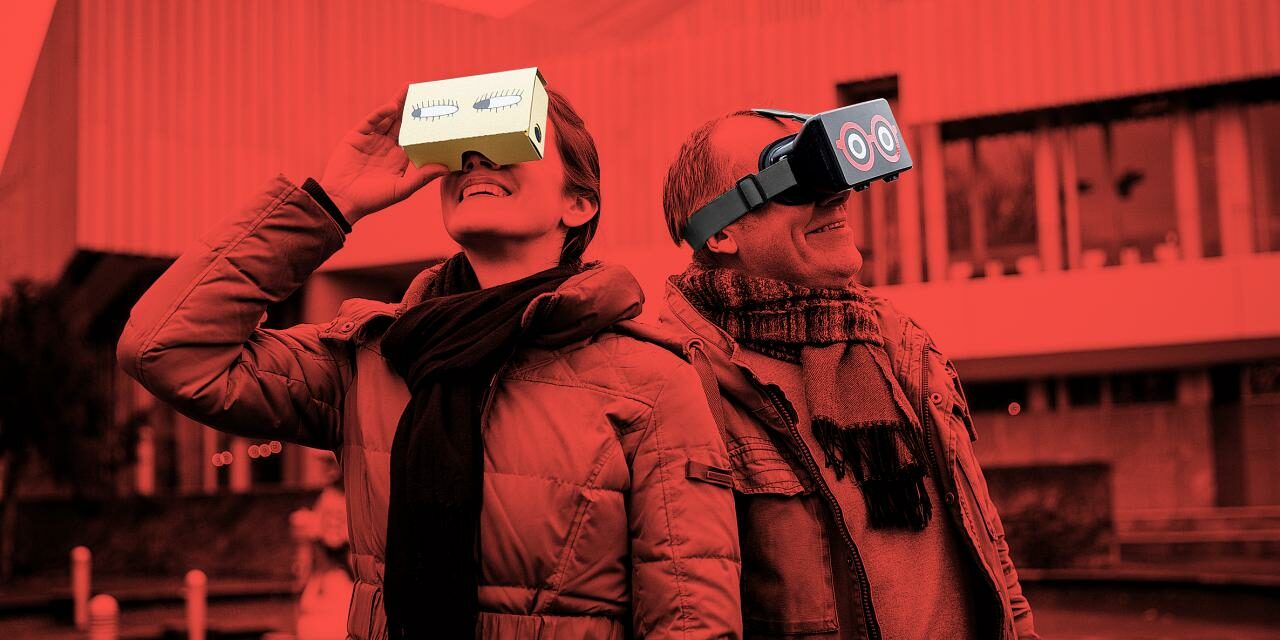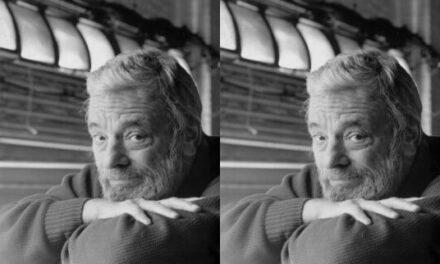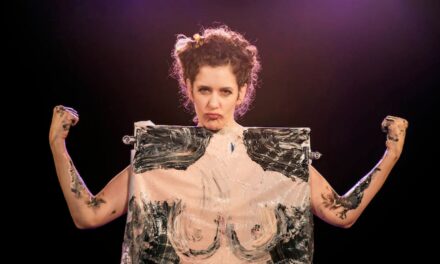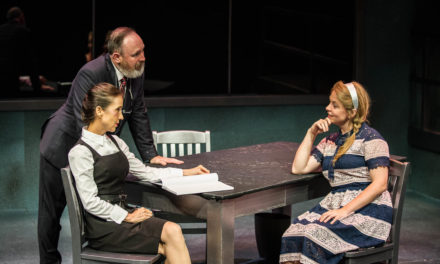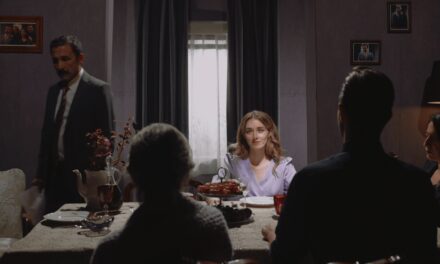The Field Survey, Part 4: Dreaming
What would you like to happen in the (near) future in relation to digital technology and theatre? This was maybe the most interesting question in our field survey on theatre and digital technology. The result is no surprise: the participants, most of which represent European state-funded theatres, sketch out an interactive, participative and immersive theatre, one that engages audiences and provides new emotional, sensual and intellectual adventures by using digital technologies in new creative ways. And yet they underline how important it is to keep theatres immediacy, to combine and merge the analog with the digital to create one, strong experience.
Artistic visions
“There are so many unbelievable things possible with the digital – I cannot imagine yet”, one of the participants wrote. But then again, some very concrete visions are already in place! On the artistic side, theatre-makers are dreaming of wider use of digital technology apart from 3D theatre and projections. Merging, creating sound by motion capturing, picturing dreams on stage with visual support, the inclusion of virtual reality (3D, digital background) in the performances, responsive set design. One participant was wondering if, compared to TV, similar sensations will be possible in theatre productions in the future?
Participation, interaction and collaboration with the audience were mentioned in a major part of all answers. Obviously, since we are so used to interact with so many people in daily life (and often all over the world on social media channels), the one-way communication from the stage to the auditorium or from the theatre offices to the spectator’s letterbox seems to be out of time. Instead, the participants are anticipating to let the audience make choices, let them become part of the happening on stage using digital devices, let us use technology to develop more and stronger relations between the spectator and the theatre, the artists! The theatre of the future shall experiment with interaction by VR glasses and other immersive techniques, use all digital devices for marketing and promotion and get in touch with the audience because using this technology is so easy that everybody can use it. The other side of the medal could be a personal, private theatre: one spectator watching the show alone, which may have been specially created for him by some choices he made digitally.
Overcoming the border analog-digital
“Digitization should not take away the spontaneous character of theatre”, several participants noted. “Theatre should preserve its ritual identity and its ‘live’ nature. We need to find a good balance.” The meaningful application of digital technology is a big issue, and of course not only in theatre but maybe it is particularly obvious in a 5000-year-old art that is per se defined by the immediacy and a sensual encounter of human beings. So, how can we perform theatre on stage and at the same time digitally – and which artistic forms does this require? And vice versa, how can we present the digital world and its effect on our lives in an analog piece of theatre, on stage? How can digital technology come closer to nature, to people? And how can we open the theatre to digital technology, without alienating it to its roots, and to technologies? And last, not least, one participant noted that these technical tools are mass products: “But where is the individual?”
Stop talking. Start doing.
So, how do we achieve all that? How do we link the present to this possible future? Posing and finding at least some answers to this question is a key issue of the European Theatre Lab, and we hope to get some more input from you! The field journey provided some very useful suggestions:
- Do more research
- Get funding for research and new productions using digital technology
- Reduction of cost of technology
- Collaborate more with independent artists
- Clear concepts!
- Don’t talk about technology anymore but use it in the theatre.
This article originally appeared in European Theatre Lab on June 15th, 2017 and has been reposted with permission.
This post was written by the author in their personal capacity.The opinions expressed in this article are the author’s own and do not reflect the view of The Theatre Times, their staff or collaborators.
This post was written by Maren Day.
The views expressed here belong to the author and do not necessarily reflect our views and opinions.

